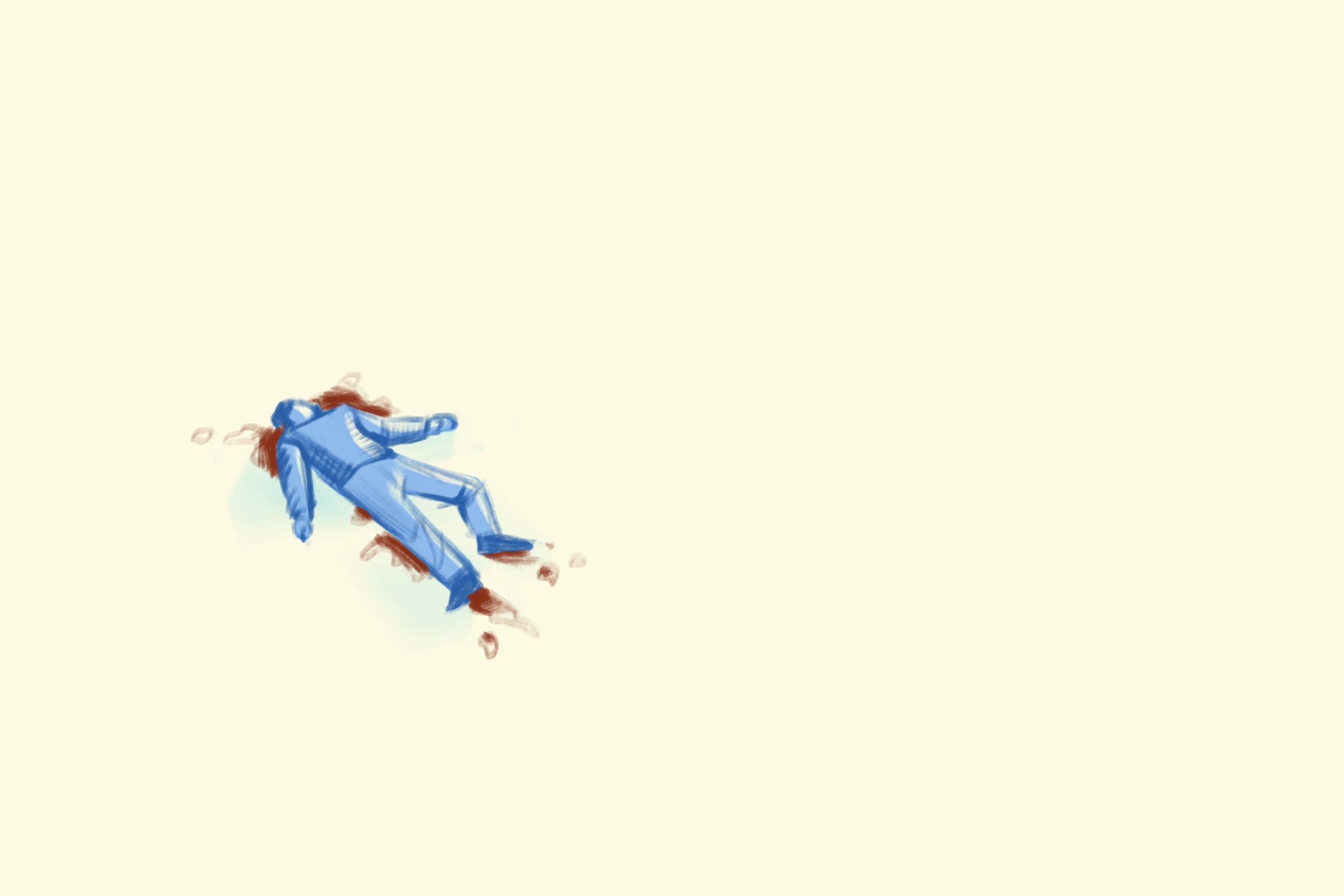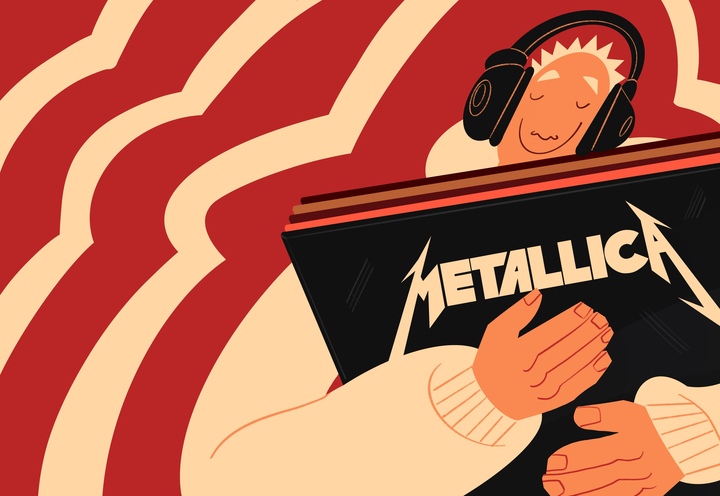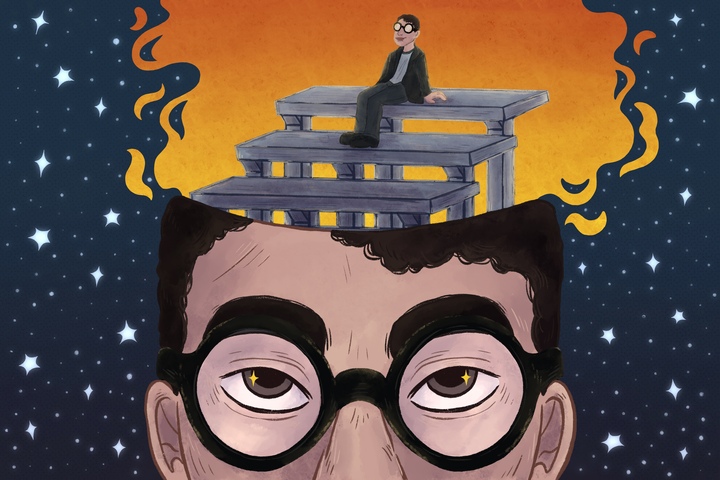Written by Emilio Garcia
SPOILERS IN REVIEW
Rare are the times when I feel the anguish and tragedy of a film pierce my heart more than when I saw a child poison his dog as an experiment to prove to himself the reality of his father’s suicidal behavior. Of course, a lot of context is needed to understand this specific moment in the film, but it highlights the specific perspective of the story: one of a child in the midst of a trial to determine if his mother killed his father.
Daniel, the child, lies at the center of this murder mystery and courtroom procedural “Anatomy of a Fall”, directed by Justine Triet, which won the Palme D’or at the Cannes Film Festival this year. Sandra, the mother, is accused of killing her husband, Samuel, after Daniel and Snoop return from a small hike and find Samuel dead at the stoop of their front door, after he appears to have fallen from the attic window of their three-story cabin. The rest of the story follows the subsequent investigation into the death of Samuel, along with the trial that results from Sandra being the main suspect in the potential murder, as the only person to have been in the house at the same time as Samuel’s death.
Throughout the entire film, there is a measured effort from the filmmakers to exclude every explicit scene of the death. We only see Daniel encounter the body, along with the reenactments of the death and the moments before it, seen from the footage recorded by the detectives for evidence for the investigation and criminal trial. Daniel, partly blind from a previous incident, follows along through the process, confused and attentive, trying to piece together in his mind his recollection of that morning, along with his beliefs on the death, all mirrored by the constant framing of his face on the screen, trying to extract any ounce of opinion from his expressions, as well as placing his perspective as the one of utmost importance.
The criminal trial follows shortly after, where a solid hour of the runtime is spent on deliberating on the facts of the case. The circumstances of Samuel’s death, along with the many testimonies and cross examinations feel exhilarating, as each piece of information supersedes the previous, swaying the opinion and verdict of the case from one end to another, mimicking the pattern of a pendulum for the audience. But in the center lies Daniel, as he is made to testify, while also making the conscious decision to attend every day of the trial where every ugly truth and side of his parents is revealed. From Sandra’s infidelity and resentment, to Samuel’s suicidalness and guilt over Daniel’s accident, Daniel received every piece of information he desired, and along with his experiment, decided that his mother was not guilty, and that his father indeed killed himself. His testimony was the last, and his mother was acquitted. A sensitive and thoughtful kid, he was forced to reckon with his limited perspective, as did the audience, as the film leaves the audience never feeling 100% sure of whether Sandra killed Samuel. A masterful practice on narrative restraint, the film chooses no side, and leaves you to your own devices.



